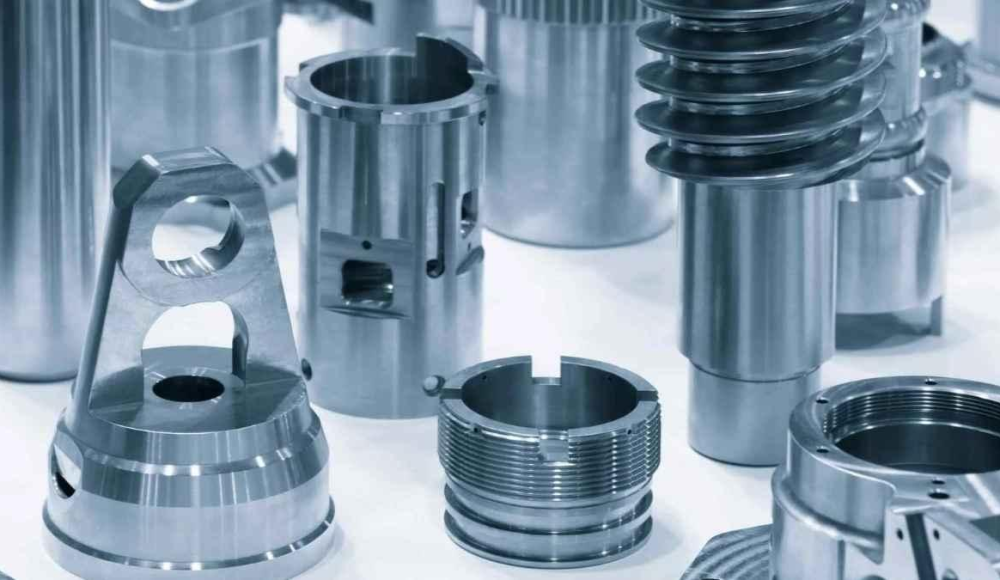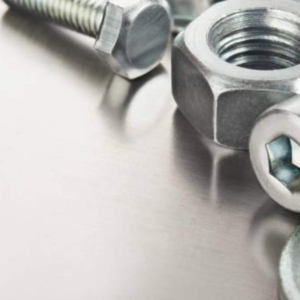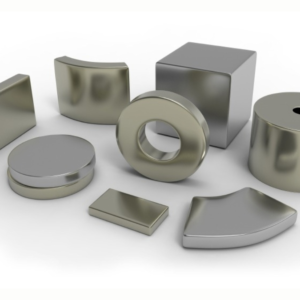Annealing is a heat treatment process. It involves carefully heating and cooling metal to change its properties. The motive is to build up positive characteristics and minimize the negative attributes, simultaneously. In addition, the annealing process helps improve the mechanical characteristics of certain metals, and alloys are altered to become more suited to the required uses.
What Is Annealing?
Annealing as a heat treatment process reduces the hardness of a material. It also improves ductility and toughness in different steels, cast iron, and other alloys. Annealing involves heating the workpiece to above its recrystallization temperature. This facilitates the new grains’ formation and rearranges existing ones simultaneously.
Grain rearrangement releases internal stresses and improves the crystalline structures. These improvements are useful in many applications. Normalizing is usually seen as a discrete activity. But it’s a typical type of annealing. In normalizing, metals are heated and then allowed to cool in air at room temperature as opposed to a managed furnace.
When Is Annealing Used?
Annealing makes the steel to be softer than when it is tempered. This property makes it suitable for products that are likely to undergo very little stress. Various applications for annealing include:
- Reversal of Work Hardening: This occurs after mechanical operations that make hardness such as bending or grinding. For instance, when the wire is drawn out of a metal, the hardness of the material and internal tension also rise. Process annealing can restore the metal to a workable condition, and increase ductility and machinability.
- Softening of Weld Solidification: Welding at high temperatures results in heat-affected zones (HAZ). These zones are usually found to have higher hardness and brittleness, as compared to the base material. Some of these areas are returned to their original mechanical properties by the process of annealing.
- Development of Electrical Conductivity: The process can enhance the electrical properties of a metal, specifically its conductivity.
- Removal of Residual Stresses: Cold working results in the formation of new stresses which might lead to the formation of cracks or distortion. These stresses are relieved by annealing making the properties of the material more uniform and able to serve longer. When these internal stresses are reduced by annealing, performance as well as operational functionality are enhanced.
The Annealing Process
The annealing process includes three key stages:
- Recovery Stage: During the initial stage, the metal is heated to approximately 200-400°C, depending on the material. Heating facilitates the rearrangement of dislocations in the crystal structure. This alleviates internal stress without undue alteration in the grain size. Electrical conductivity and ductility may be enhanced as a consequence.
- Recrystallization Stage: In this stage, there germinate new grains. The metal is maintained at a particular temperature for a duration leading to the new grain growth in replacement of the deformed grains. This process enhances the general ductility as well as the strength of the material.
- Grain Growth Stage: During recrystallization if the metal is exposed to high temperatures for longer durations then even the new grains start getting larger. This stage can cause deterioration of strength as the grain size increases because the material can easily deform. The temperature-time regime has to be strictly controlled to influence the grain size and mechanical properties.
Pros and Cons of Annealing
Annealed metallic components have some benefits over non-anneal metallic ones. The common benefits of the annealing process include:
- Restoration of Physical Properties: Heating is good for metals because it brings back their properties including ductility. The movement of molecules in microstructure reduces the work hardening and brittleness.
- Relief of Internal Stresses: Reducing internal stress in components is a process that is achieved through annealing. This greatly reduces the chance of having cracks in the course of the subsequent operations.
- Improved Machinability: The high degree of regularity of the microstructure and the low level of internal stresses lead to improved machinability. This quality makes it easier to machine some parts.
- Correction of Dislocations: Some of the imperfections in the crystal lattice are releasable. This improvement can improve the electrical and magnetic characteristics of the metal in equal measure.
- Control Over Grain Structure: Some of the annealing processes can be used to control grain structures. Selecting temperature for heating and cooling rates can also alter the grain phase and physical properties of a material.
However, several disadvantages must be considered alongside these benefits:
- Time-Consuming Process: The annealing process may take a lot of time. In some cases, especially if the materials and methods chosen entail slower cooling rates the curing may take more than 24 hours.
- Increased Costs: Other costs include equipment and labor costs. The housing of the components also increases overall costs due to the cost of heating and cooling the components.
Examples of Annealing: Commonly Annealed Components
Several components frequently undergo annealing processes, including:
- Sheet Metal: Cold-rolled sheet metal is sometimes annealed to reduce work hardening. This brings back ductility that allows further operations such as bending, punching, or cutting.
- Manufactured Components: Spring, washers, and saw blades are some of the products that undergo annealing after manufacturing. This returns their physical properties and minimizes brittleness.
- Drawn Aluminum: Aluminum parts, formed by deep drawing, are advantageous when annealed. This process offers protection against tearing or cracking especially during extreme forming operations.
Annealing Vs Normalizing: Key Differences
Here are the key distinctions between annealing and normalizing:
| Annealing | Normalizing |
| Metals cool slowly inside the furnace. | Metals cool quickly in ambient air. |
| The cooling rate is relatively slow. | The cooling rate is comparatively fast. |
| Results in higher ductility. | Produces lower ductility. |
| Leads to reduced hardness, strength, and toughness. | Enhances hardness, strength, and toughness. |
| Yields a coarse and less uniform grain structure. | Produces a fine and more uniform grain structure. |
| Internal stresses are minimal after the process. | Internal stresses are slightly higher post-normalizing. |
| Generally more costly. | Typically lower in cost. |
| Applicable to metals like steel, aluminum, brass, and copper. | Mainly applied to stainless steel, aluminum, brass, and copper. |
| Commonly used for mechanical and electrical components, as well as household items. | Often utilized in the automotive, nuclear, and construction industries. |
Conclusion
In conclusion, annealing is one of the most important heat treatment processes that can improve the work, strength, and service capabilities of the metals. It also helps to free internal stresses, increase ductility, and to prepare materials for further treatment. Therefore, annealing is used in most industries because of its importance. To ensure that the material properties are acquired in the right manner, manufacturers need to understand different stages and types of annealing. As industries advance, the application of heat treatments including annealing will experience an increase in demand resulting in efficient production.




1 thought on “Annealing Explained: Definition, Process & Benefits”